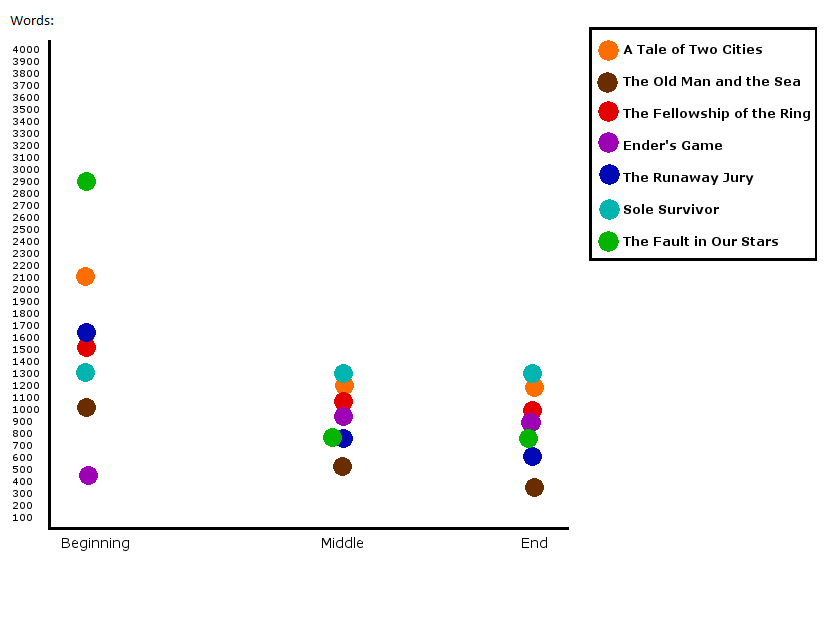You’ve been working on your novel for several years when you discover the latest uber popular YA book is exactly like yours. And you curse the author’s earlier timing because if you ever manage to publish yours, everyone will say you copied hers.
Then you think about it and realize your book is a mix between Out of the Silent Planet, Lord of the Flies, Ender’s Game, and The Elfin Ship. It’s the mess of words you’d discover on your carpet if your home library threw up.
Crap.
So you throw the idea out the window and sit down to your notebook, determined to come up with something truly new. But after a few hours, all you can think of is a bunch of ideas that have been done several times. For instance:
- The chosen one
- Anyone with super powers
- Villain turns out to be hero’s father
- Genius child is amazing at everything
- Eccentric genius solves mysteries
- Orphans
- Forbidden love
- People who see the unseen
- Art and literature are outlawed
- Everyday life is a lie
- Last man on earth
And this is just a small sampling of the ideas that have passed from fresh to done to copied to trendy to cliché. The more you see of the world, art and literature, the more you’ll realize it is all the Same Old Thing. King Solomon said it best: ain’t nothing new under the sun.
He might’ve worded it differently.
Anyway, the point remains. There are no new story ideas. But that’s not such a bad thing. Some story arcs are timeless, so long as they’re driven by strong, interesting characters. Because, while of course we should take the plot road less traveled whenever possible, plot is not the key to being original.
Take it from my favorite writer:
No man who bothers about originality will ever be original: whereas if you simply try to tell the truth (without caring twopence how often it has been told before) you will, nine times out of ten, become original without ever having noticed it.
– C.S. Lewis
Tell the truth. Tell what you know. Whether you’re actually writing your memoirs or a Martian adventure story, deep down you’re still writing from your own experience. So find the words to most clearly and vividly state what it feels like to be you.
Succeed (it isn’t easy) and one of two things will happen: Either readers will say, with astonished wide eyes, that they never looked at it that way before. Or readers will say, breathless with excitement and tight-throated with tears, that they’d thought until this moment they were the only one who felt that way.
Either way, you have accomplished something incredible.
—





